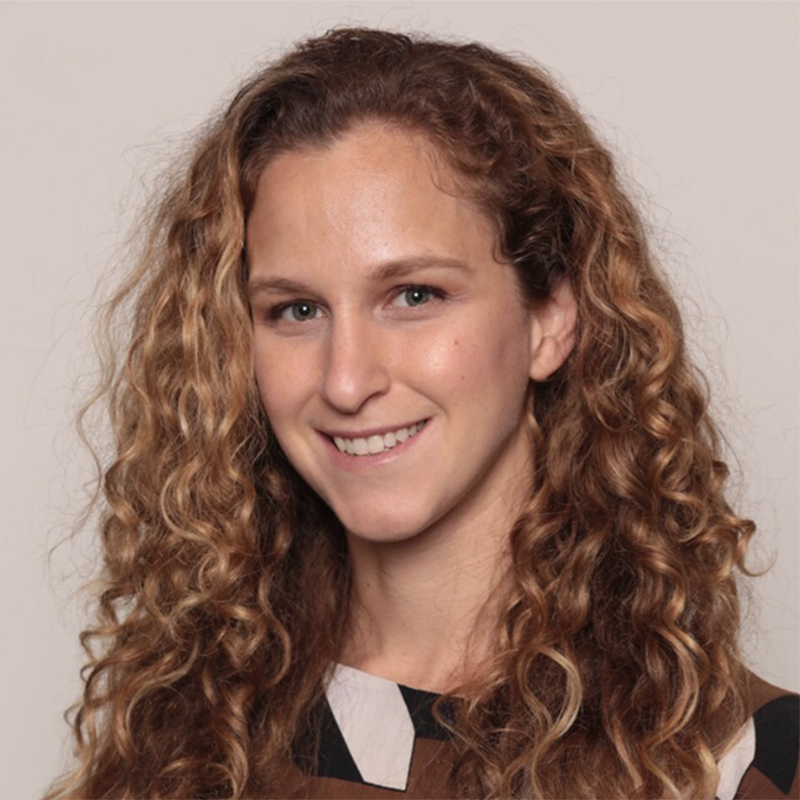Spotlight on Safety: Q&A with Safety Education Program Presenter, Rebecca Mond
 July 15, 2019 | The Toy Association has launched a Safety Education Program to bring toy professionals up-to-speed on the latest safety laws and regulations in the U.S. and around the world. Toy News Tuesday editors sat down with course presenter Rebecca Mond, The Toy Association’s vice president of federal government affairs, to learn about the portion of the course that she developed to help professionals ensure their products remain compliant, even as regulations and standards evolve.
July 15, 2019 | The Toy Association has launched a Safety Education Program to bring toy professionals up-to-speed on the latest safety laws and regulations in the U.S. and around the world. Toy News Tuesday editors sat down with course presenter Rebecca Mond, The Toy Association’s vice president of federal government affairs, to learn about the portion of the course that she developed to help professionals ensure their products remain compliant, even as regulations and standards evolve.
Q: Can you give our readers some insight into your area of expertise and what you bring to the program?
RM: As vice president of federal government affairs at The Toy Association, I work closely with our members to assist them in understanding and complying with various existing and pending federal legislation and regulations. In my day-to-day, I help companies navigate issues related to importing and the federal agencies involved in toy importing and sales (like the Consumer Product Safety Commission and U.S. Customs and Border Protection). I am also closely following developing issues, including the threat of tariffs on all finished toys (and existing tariffs on certain component parts of toys) as well as Intellectual Property (IP) protection, acting as an industry advocate in front of government officials and helping members navigate the running of their businesses in the face of these challenges.
Q: Your portion of the course covers federal laws and regulations. Can you describe what course participants can expect to learn in this area?
RM: The federal portion of the course includes four, 30-minute modules, led by myself, Alan Kaufman, senior vice president of technical affairs, and Joan Lawrence, senior vice president of standards and regulatory affairs.
My module covers the federal product safety landscape, including federal rules, regulations, and enforcement agencies. I go over the various laws with a focus on the all-important CPSIA (Consumer Product and Safety Improvement Act) that companies must comply with and details about the agencies that enforce those laws. It’s essentially a federal product safety 101 course introducing professionals to third-party testing, phthalates, lead content limits, and other safety requirements that really everyone in the toy industry should be aware of.
Also within this section, Lawrence and Kaufman cover the ASTM F963 Toy Safety Standard, including its various requirements and how to keep track of updates to the standard, as well as a practical guide for complying with U.S. testing and certification requirements, including how to identify a testing lab, frequency of testing, creating a sample, and how long a certification remains valid.
The other sessions within the program, led by Toy Association and outside safety and compliance experts, cover state and international laws.
Q: Why should toy professionals participate in the Safety Education Program?
RM: It’s free for all Toy Association members (and modestly priced for non-members) and is targeted to both seasoned toy professionals who wish to remain current, as well as individuals who are new to the industry. Everyone who takes the course gets a certificate of completion from The Toy Association – a great addition to LinkedIn profiles and resumes. But perhaps most importantly, all the information covered – from the federal guidance mentioned above, to state and international regulations – is imperative for industry professionals to know about. Toy safety is the priority for all of us working in the business of toys and play, and it’s critically important that everyone be knowledgeable regarding these requirements so that their companies can remain compliant.
More information about The Toy Association’s Safety Education Program is available online.